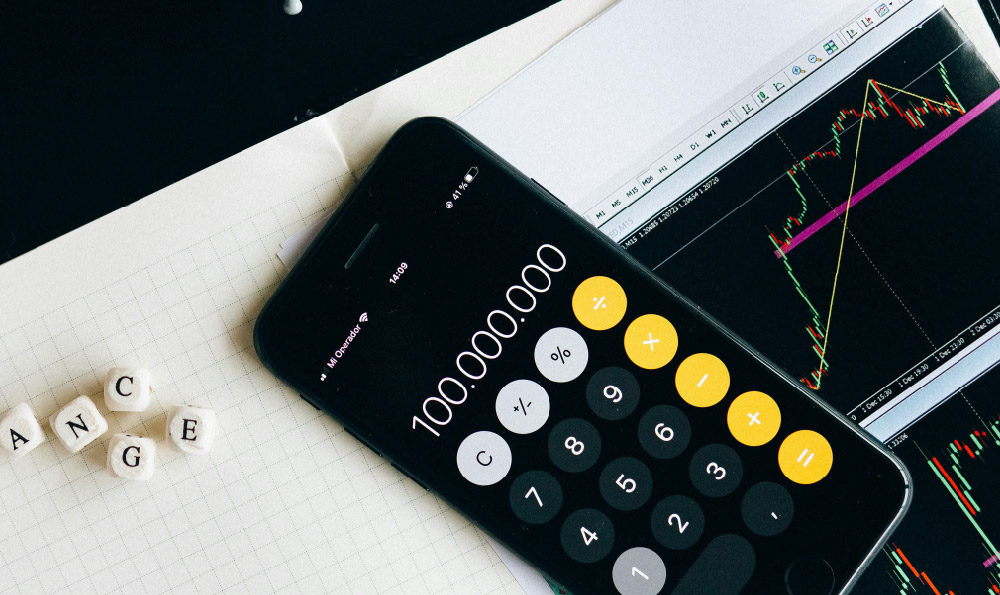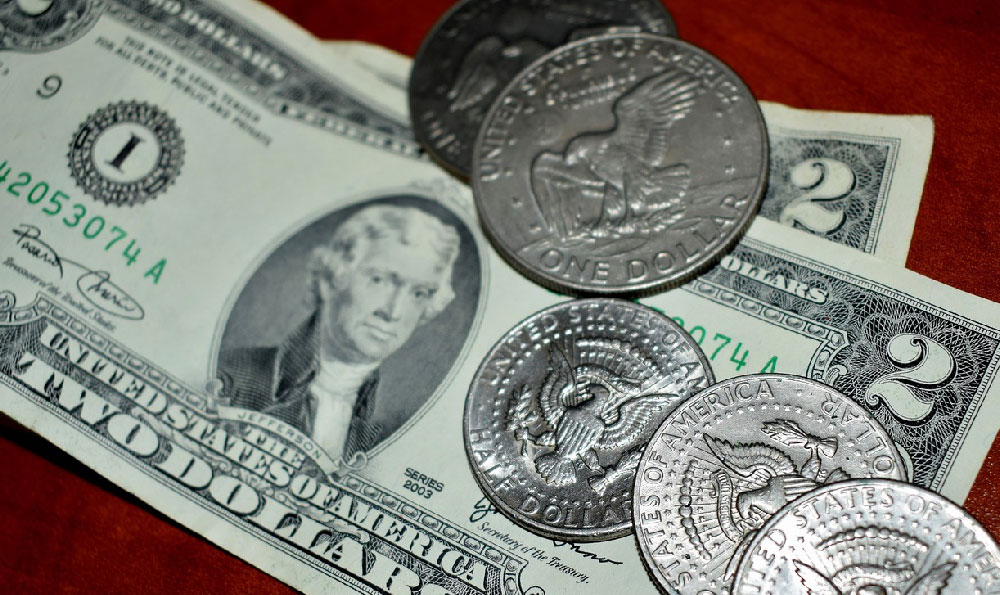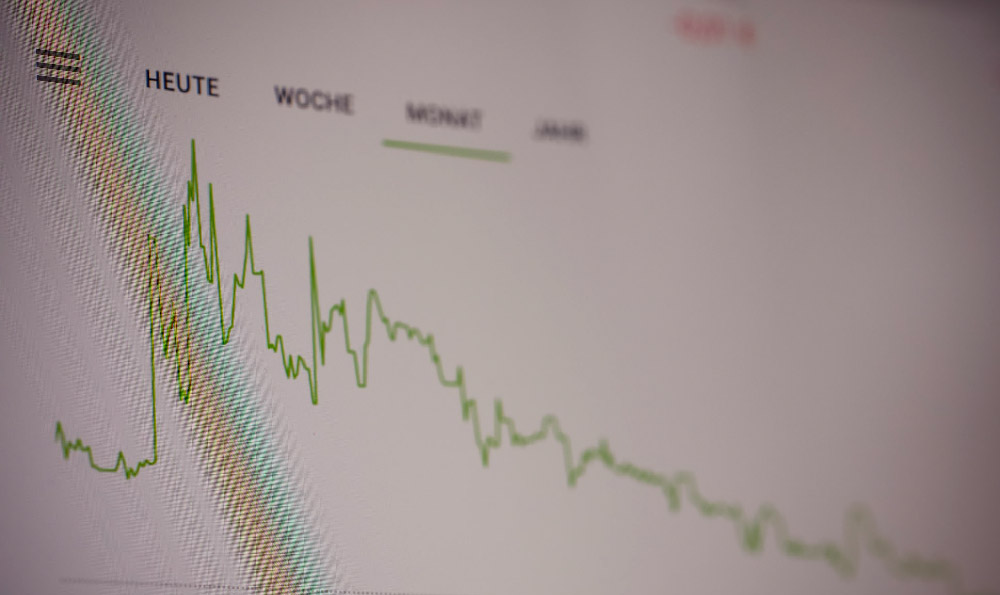The chilling words "Unauthorized Access Alert" can send shivers down the spine of any cryptocurrency investor, especially those utilizing custodial solutions like Keepbit. While convenience and user-friendliness are often touted as advantages, entrusting your digital assets to a third party inherently introduces risks – risks that demand careful consideration and proactive mitigation strategies. The question isn't just whether your Keepbit system is vulnerable, but rather to what extent and what can be done to minimize that vulnerability.
Let's dissect the potential weaknesses that could lead to unauthorized access and, subsequently, loss of funds. The vulnerability landscape is multifaceted, spanning from the user's own security hygiene to the robustness of Keepbit's infrastructure and security protocols.
Starting with the individual user, weak passwords remain a shockingly prevalent point of entry. Using easily guessable passwords, reusing passwords across multiple platforms (including those that may have been compromised in past data breaches), or failing to implement two-factor authentication (2FA) is akin to leaving the front door of your digital vault wide open. Keepbit, like most responsible cryptocurrency platforms, likely offers 2FA, which adds an extra layer of security by requiring a second verification method, typically a code generated by an authenticator app on your smartphone, in addition to your password. Activating and diligently using 2FA is non-negotiable. Consider using a hardware security key (like YubiKey or Ledger Nano S Plus) for the highest level of 2FA.

Beyond password management, phishing attacks pose a significant threat. These deceptive attempts often involve emails or messages that mimic legitimate communications from Keepbit, tricking users into divulging their login credentials or private keys. Always scrutinize the sender's address, look for grammatical errors or unusual wording, and never click on links within emails unless you are absolutely certain of their authenticity. Instead, navigate to the Keepbit website directly by typing the address into your browser. Be wary of urgent requests for information or threats of account suspension. Keepbit, or any reputable platform, will rarely, if ever, request sensitive information through email.
Another vulnerability lies in the software you use to access Keepbit. Malware, viruses, and keyloggers can compromise your device and steal your credentials or intercept transactions. Regularly update your operating system and antivirus software, and be cautious about downloading files or clicking on links from untrusted sources. Consider using a dedicated device solely for cryptocurrency management to minimize the risk of infection. A clean operating system and a limited set of trusted applications dramatically reduce the attack surface.
Turning our attention to Keepbit itself, the platform's security infrastructure and operational practices are paramount. While you, as an individual user, have limited visibility into these internal mechanisms, it's crucial to research Keepbit's security track record and assess their reputation within the cryptocurrency community. Have they experienced any past breaches? What measures do they have in place to protect user funds, such as cold storage (storing a significant portion of assets offline)? Do they undergo regular security audits by reputable third-party firms? Look for transparency and a commitment to security. Ideally, Keepbit should provide detailed information about their security protocols on their website.
Keepbit's own vulnerability could stem from vulnerabilities in their software, servers, or internal network. These vulnerabilities could be exploited by hackers to gain unauthorized access to user accounts or the platform's funds. Robust security practices on their end, including regular penetration testing, intrusion detection systems, and adherence to industry best practices, are critical. Look for platforms with bug bounty programs, which incentivize ethical hackers to identify and report vulnerabilities.
Furthermore, consider the regulatory environment in which Keepbit operates. Platforms subject to stricter regulations are generally more likely to adhere to higher security standards and implement safeguards to protect user funds. Assess whether Keepbit is licensed and regulated by a reputable financial authority.
Beyond these specific vulnerabilities, diversification and risk management are essential. Don't put all your eggs in one basket. Spread your cryptocurrency holdings across multiple platforms and wallets. Consider using a hardware wallet to store a portion of your assets offline, providing an additional layer of security against online attacks. Regularly review your investment strategy and adjust your risk tolerance as needed.
If you receive an "Unauthorized Access Alert," take immediate action. Change your password immediately, enable 2FA if you haven't already, and contact Keepbit support to report the incident. Monitor your account activity closely for any suspicious transactions. If you suspect that your account has been compromised, file a police report.
Ultimately, protecting your cryptocurrency assets is a shared responsibility. While Keepbit plays a vital role in securing their platform, individual users must take proactive steps to protect their own accounts and devices. Vigilance, strong security practices, and a healthy dose of skepticism are your best defenses against the ever-evolving threats in the cryptocurrency world. Recognizing that any system can be vulnerable is the first step towards mitigating the associated risks. Remember to stay informed about the latest security threats and best practices, and always prioritize security over convenience when it comes to protecting your digital assets. The price of security is eternal vigilance.












